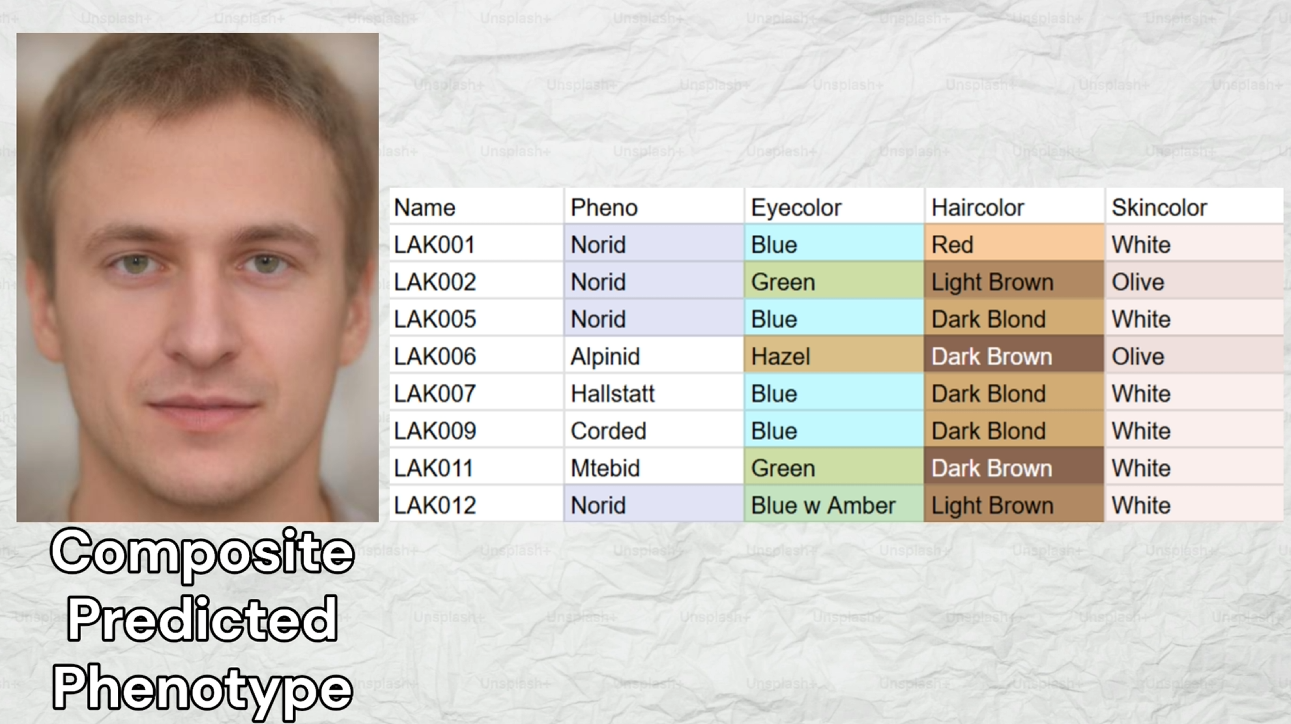
Saxons from Suffolks - 8 Genomes - 23andme format
The Saxons were a Germanic people who originated in what is now northern Germany and southern Denmark. Alongside their neighbors, the Angles and Jutes, they began migrating to Britain in the 5th century CE, following the Roman withdrawal from the island around 410 CE. Initially invited as mercenaries by native Britons to defend against other invaders, the Saxons soon turned into conquerors, establishing their control over much of what would become England. By the mid-6th century, Saxon kingdoms such as Wessex, Sussex, and Essex were prominent, often working in collaboration with the Angles, who formed kingdoms in the Midlands and the North.
Saxon pottery, typically handmade in the early period, included utilitarian forms with simple designs. Over time, as they settled and interacted with other cultures, their ceramics grew more refined, influenced by Roman and native British techniques. Saxon architecture was similarly pragmatic but evolving. Early settlements consisted of wooden halls and wattle-and-daub houses, but by the later Saxon period, stone construction became more common, especially in churches. Their conversion to Christianity began in earnest with the arrival of Saint Augustine of Canterbury in 597 CE, who converted King Æthelberht of Kent. Over the next century, Christianity spread across Saxon Britain, facilitated by missionaries and influential leaders such as Saint Cuthbert and King Edwin of Northumbria, who embraced the faith.
Leadership among the Saxons was marked by both regional kings and legendary figures. Cerdic, the founder of Wessex, is considered a progenitor of the later English monarchy, while Æthelberht of Kent played a key role in early Christianization. The Saxons' collaboration with the Angles forged a shared identity, eventually leading to the formation of a unified England under leaders like Alfred the Great in the 9th century. Together, the Angles and Saxons left an enduring legacy on the British Isles, shaping its language, culture, and political structures for centuries to come.
For this video, I gathered the high quality genomes of 8 Saxons from the city of Suffolk in the UK. All the genomes are dated to 5th century AD. These samples resemble norwegians, icelanders, and other north germanics with PCA based ethnicity calculators like G25. I ran the 8 saxon samples through my trait predictor tool for DNA analysis.
